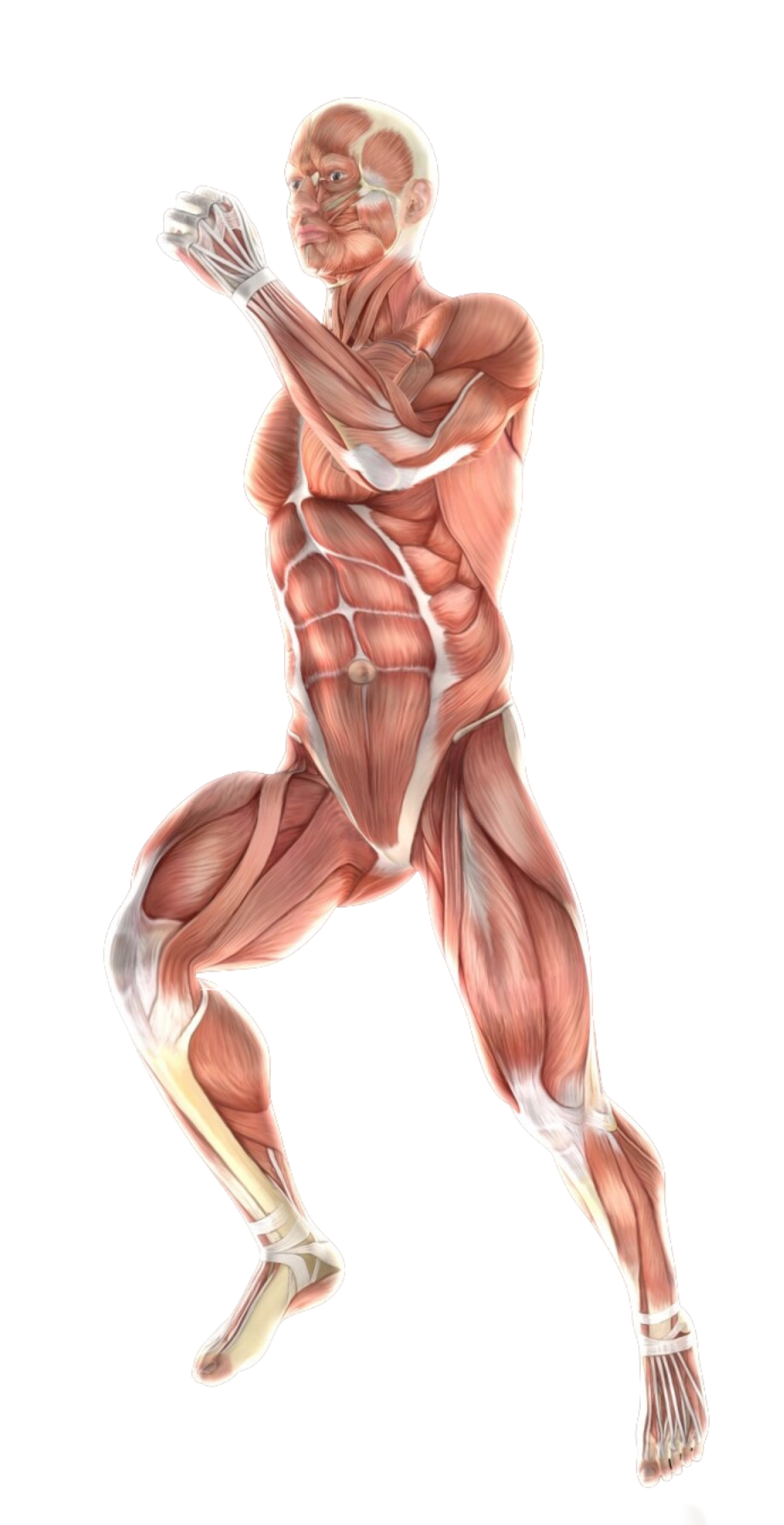- #11-13 Mount Elizabeth Medical Centre (Orchard)
- Mon Fri 9am — 6pm | Sat 9am — 12.30 pm
Wrist tendonitis is a general term for inflammation of the tendons in the wrist. Tendons are strong fibrous tissues that connect muscles to bones and help them move. When these tendons are overstretched or irritated, they can become inflamed, causing pain, tenderness and loss of movement in the wrist.
There are two main types of wrist tendonitis, depending on the location of the inflammation:
Symptoms of wrist tendinitis can vary depending on the location of the inflammation, but some common symptoms include:
Several factors can contribute to wrist tendinitis:
Certain factors can increase your risk of wrist tendinitis:
Diagnosing wrist tendinitis typically involves:
Treatment for wrist tendonitis focuses on reducing pain, inflammation, and promoting healing of the affected tendon. Here’s an overview of common treatment options:
Surgery for wrist tendinitis is rarely necessary and is usually only considered if conservative treatment fails to provide significant improvement after a long period of time (usually several months). Here are the most common surgical procedures for wrist tendinitis:

Spine - Neck
Shoulder & Elbow
Spine — Back
Wrist & Hand
Knee Pain
Ankle Pain
Foot Pain
Book a consultation with us for a more comprehensive diagnosis and a personalised treatment plan best suited to your needs.

Spine - Neck
Shoulder & Elbow
Spine — Back
Wrist & Hand
Knee
Ankle
Foot